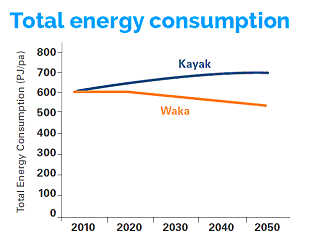|
|
|
|
|
|
| |
|
Welcome to Connections, the quarterly e-mail newsletter from New Zealand’s Independent Research Organisations. In the newsletter you will find links to research news on the IRANZ website, to our members’ websites, and to project websites which our members are involved with. We hope you will follow these links.
The IROs are all about research with impact - we are well connected with our stakeholders and industries. From the oldest IRO, Nelson’s Cawthron Institute, to the newest, TiDA (Titanium Industry Development Association), from Scampi to 3D printing with titanium, IROs cover all aspects of New Zealand’s economy and society.

Dr Rob Whitney
IRANZ Executive Officer
|
|
|
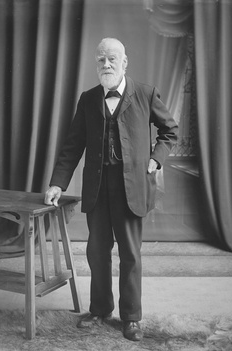 |
|
Exactly 100 years after Nelson philanthropist Thomas Cawthron left the bulk of his fortune to establish New Zealand's first science organisation, a new report has highlighted the significant scientific and economic benefits his legacy still delivers for New Zealand.
The NZIER report released on 8 October by Science and Innovation Minister Steven Joyce, highlights that Nelson-based Cawthron Institute is a major economic contributor to the Nelson region with a national and global reach. The scientific research it undertakes "is essential to a number of New Zealand's industries and exports" the report states.
|
|
|
Nelson philanthropist Thomas Cawthron. Photo: Cawthron Institute. |
|
|
|
|
|
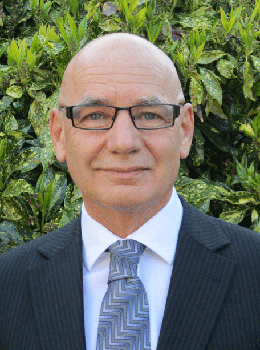 |
|
Dr John Bright, IRANZ’s new Chair, says the Independent Research Organisations sector can deliver successful and high-impact science. “IROs have ability to punch above their weight and work with industry and other partners to deliver highly beneficial impacts from targeted and excellent ‘discovery’ research as well as from applied close-to-market research. They will be key to helping the Government achieve its growth and business goals set out in its National Statement of Science Investment [NSSI].”
MORE →
|
|
|
Dr John Bright, IRANZ Chair. Photo: Aqualinc. |
|
|
|
|
|
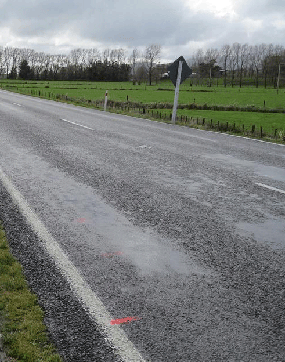 |
|
|
Creating an impermeable membrane that will prevent water from entering gravel layers and causing damage to our chip seal roads is the goal of a research team led by Opus Research. The team were awarded $3 million by MBIE in the latest funding round for a project which should extend the life of our roads and reduce annual maintenance costs.
... MORE →
|
|
|
Water damage plays a major role in "flushing" , the slick bitumen -rich patches often seen on the road surface. Water can disbond the bitumen from the stone surface, which under the action of traffic migrates upwards. Photo: Opus. |
|
|
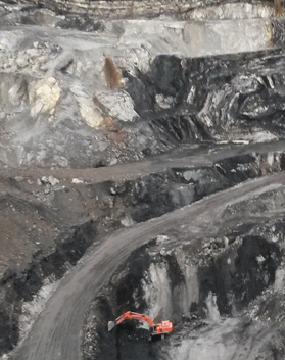 |
|
|
The Centre for Minerals Environmental Research (CMER) recently launched a website to provide research information and data to minerals sector stakeholders and the New Zealand public interested in the impacts of mining on the environment. The site boasts over 50 peer-reviewed scientific publications by members of the consortium, over 60 conference publications, and around a dozen student theses.
... MORE →
|
|
|
The CMER research team specialise in the impacts of mining on the environment. Photo: CMER |
|
|
|
|
|
|
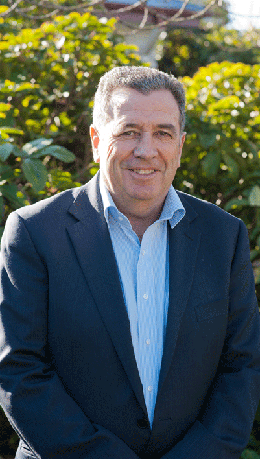 |
|
New research by Lincoln Agritech and collaborators into aquifer management, sensor technologies that determine the fat depth in live animals, a non-invasive sensor to measure dry matter in fruit and vegetables, and producing a new nitrogen fixing mulch film for horticultural applications were all awarded funding by the Ministry of Business, Innovation and Employment (MBIE) in the latest funding round. The four projects will receive $6.2 million over three years.
Lincoln Agritech CEO Peter Barrowclough says they’re keen to get underway and “see outcomes from the science translate into benefits for New Zealand’s high-tech manufacturing sector, agricultural exports and importantly, the protection of the country’s invaluable natural groundwater and surface water assets.”
|
|
|
Lincoln Agritech CEO Peter Barrowclough. Photo: Lincoln Agritech. |
|
|
|
|
|
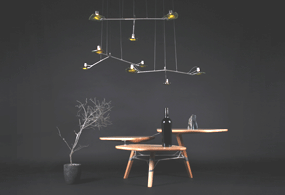 |
|
|
TiDA and Rapid Advance Manufacturing (RAM) have been producing work commissioned from a leading design agency, with support from Creative New Zealand, to additive manufacture award-winning bespoke furniture.
The collaboration team designed and 3D printed an intricate coffee table and chandelier lighting – a process they describe as “pushing design boundaries”. The furniture pieces incorporated hand-crafted timber and jade with titanium 3D printed pieces, with an exact fit required for the pieces to slot together.
TiDA Chief Executive, Warwick Downing, says with the 3D printing of titanium pieces, no tooling is required. “Changes to ensure perfect fits were able to be quickly and easily updated and printed. The tolerances achieved were well within client requirements.”
... MORE →
|
|
|
The finished printed coffee table and chandelier. Photo: TiDA (Titanium Industry Development Association). |
|
|
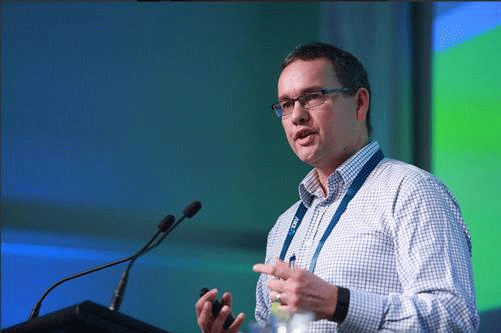 |
|
|
In a project led by scientists from the Cawthron Institute, a Māori fishing company, scientists and engineers have joined forces to develop more sustainable and commercially-attractive harvesting methods for
New Zealand scampi. They also have plans to establish land-based aquaculture systems for scampi production.
In a presentation at this year’s Seafood New Zealand Conference in Wellington, Cawthron’s Dr Shaun Ogilvie outlined the team’s MBIE-funded research programme, which includes a new hatchery for scampi at
Cawthron Aquaculture Park. It is the world’s first captive breeding programme for the species.
... MORE →
Follow the link to see video of Shaun's presentation at the conference ... MORE →
|
|
|
Cawthron scientist Dr Shaun Ogilvie outlines his team's vision to improve New Zealand’s scampi industry. Photo: Cawthron Institute. |
|
|
|
|
|
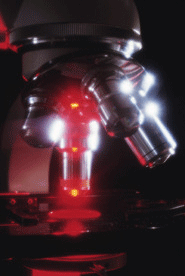 |
|
New Zealand’s leading ‘blue skies’ research fund, the Marsden Fund, boosts our science, but could be adjusted for greater efficiency, says a new study by researchers at Motu Economic and Public Policy Research.
“What we found is that the public expenditure on the Marsden Fund is effective in increasing scientific outputs. A team that is given Marsden funding shows a 6-12 percent increase in their academic publications and a 13-30 percent increase in the papers that cite their work,” says Dr Adam Jaffe, lead researcher and Director of Motu.
|
|
|
Marsden Fund under the microscope. |
|
|
|
|
|
|
|
|
Predicted total energy consumption. |
|
|
|
|
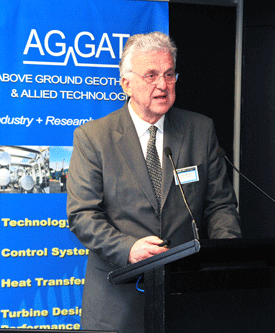 |
|
HERA (Heavy Engineering Research Association) held the first ever Global Conference on Above Ground Geothermal and Allied Technologies (AGGAT) in April 2015 in Auckland. The conference was timed to overlap with the World Geothermal Congress in Melbourne, which was co-hosted by New Zealand, allowing many international attendees to attend the New Zealand AGGAT event.
|
|
|
Keynote speaker Professor Ennio Macchi, from Politechnico di Milano in Italy, speaking about the choice of working fluid in the binary power generation cycle. Photo: HERA. |
|
|
|
|
|
|
|
WHO WE ARE
IRANZ is an association of independent research organisations. Its members undertake scientific research, development or technology transfer. Members include Aqualinc Research Ltd, BRANZ, Cawthron Institute, CRL Energy Ltd, Heavy Engineering Research Association (HERA), Leather & Shoe Research Association (LASRA), Lincoln Agritech Ltd, Motu Economic and Public Policy Research, Opus Central Laboratories, Titanium Industry Development Association Ltd (TiDA Ltd) and Transport Engineering Research NZ Ltd (TERNZ).
|
|
Contact: Dr Rob Whitney, Executive Officer, mobile: +64 27 2921050, email: information@iranz.org.nz
|
| Copyright © iranz |
| |
|
|
|











